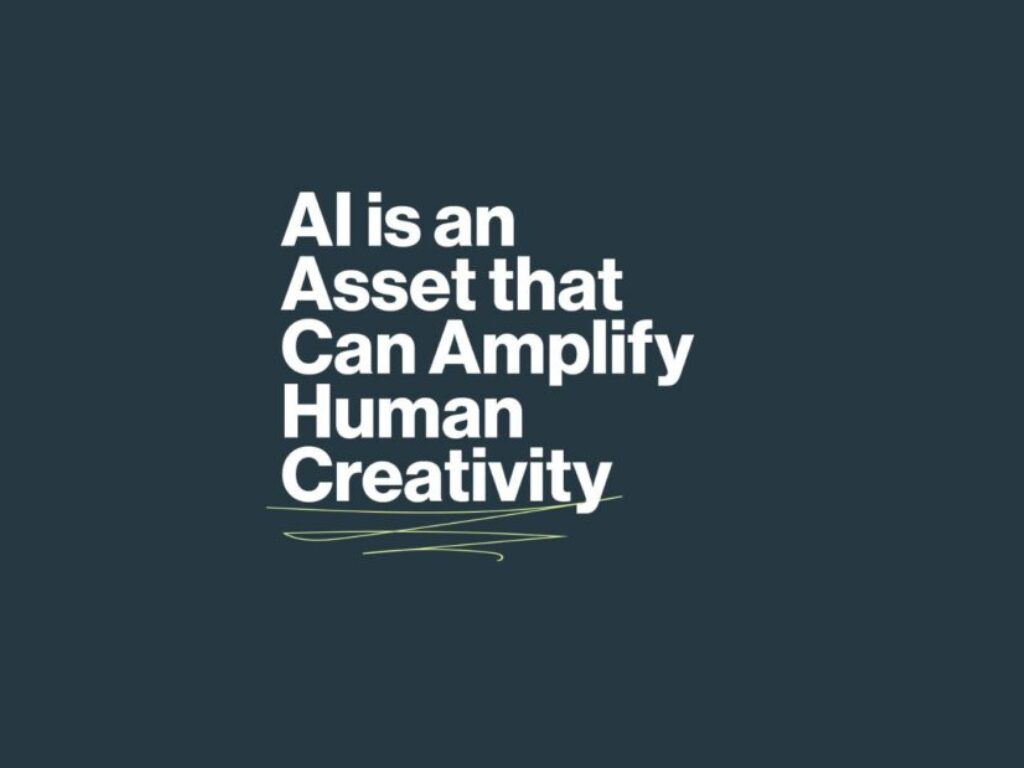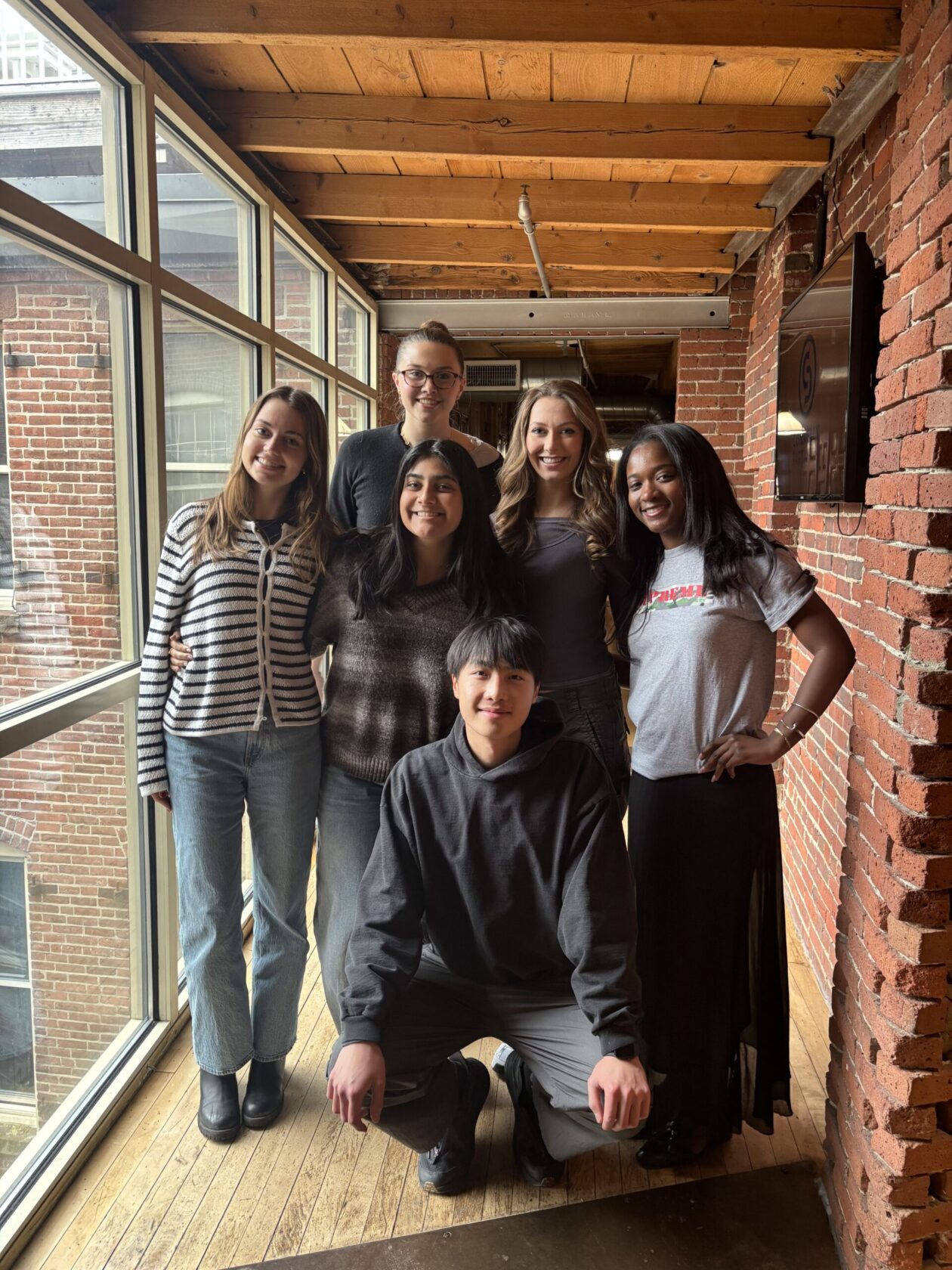Allyson Chapman, Associate Director of Strategy
Imagine this: You receive a meeting invitation and the subject line stops you in your tracks. It’s not because you’re excited, instead, you’re dreading it. You’ve been invited to a workshop.
A workshop is a structured educational event where participants gather to learn about a particular subject through lectures, discussions, and practical exercises. It’s typically held in a classroom or similar setting, and attendees are expected to actively engage in the learning process. The content covered in a workshop can vary depending on the topic, but the main purpose is to provide a platform for knowledge transfer and skill development.
Doesn’t that sound boring?
That’s because 1) it is and 2) ChatGPT wrote that definition so it’s lacking an element that’s critical to defining a successful workshop: a human touch.
What if instead of that scenario, you knew that this workshop might include conversations about unknown planets, Dr. Strange, and football? More interested?
I’ve been facilitating and designing workshops for the past ten years, and in that time, I’ve discovered a definition that feels a bit different than that of our AI friend. Workshops are focused opportunities to approach a business or human problem by thinking outside of the box and departing (briefly) from the day-to-day.
When we add that dash of humanity, suddenly a workshop doesn’t seem so… boring.
Workshops are an aid in accomplishing different goals. They help build connections, frame problems, make space, look for possibilities, and create change. But how do we take a workshop from boring to brilliant? Part of my definition of a workshop includes thinking outside of the box and a brief departure from the day-to-day. Incorporating opportunities for varied participation and engagement is key to getting the mind to work differently and approach problems in new ways. This is rooted in behavioral psychology.
Are you familiar with System 1 vs. System 2 thinking? Here’s a quick refresher on the two:
What is 1+1? 2. This is an example of System 1 thinking. It’s something we know immediately and requires little effort.
Consider this: A bat and a ball together cost $1.10. The bat costs a dollar more than the ball. How much does the ball cost?
If you move quickly, it’s easy to say the ball costs $0.10. But when you slow down, you realize that the difference between $1.00 and $0.10 is $0.90. So the answer is actually $0.05 because the bat costs $1.05, which is a dollar more than $0.05. This is System 2 thinking as it requires our brains to allocate more attention to an effortful mental activity that demands it, like complex computations.
In an organization, it’s easy to operate only in System 1: we go through a process and we move quickly. When we switch to System 2, it means taking a step back and thinking about things differently to become more conscious of what we are doing and why, rather than just doing it. It’s the combination of thinking fast and slow that can help break down barriers to reaching novel ideas. A workshop setting is the perfect space to be switching constantly between those System 1 and System 2 thought processes.
The next time you get a calendar invite for an upcoming workshop, get excited. Because maybe you’ll be talking about aliens and Marvel movies, discovering parallel universes, or playing a round of catch to stretch your mind and approach a problem differently. And maybe – just maybe – achieve brilliance.



